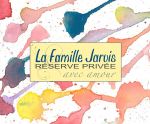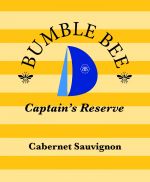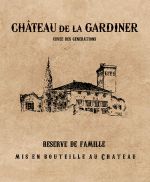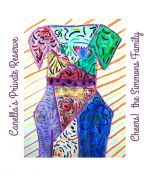
By Ben Hilzinger
There is a serious problem growing more and more apparent in the world of young, specifically American, wine drinkers. Up until recent years, wine consumption built its popularity by appealing to adults and professionals with a taste for the finer things in life. The kind of people with refined references to many flavors, textures, and smells. Although the generation gap has been amazingly breached for millennial wine drinkers, I’ve noticed that so many young people have yet to realize that in order to have a dedication to learning more about wine you need to learn more about food as well. Let me explain.
So many times in my tasting room, I have tirelessly tried explaining my descriptions of wines to young customers only to see blank stares in return. A sheer mention of certain fruit urges an interruption and a “um, what the heck is that?” or specifically, “…crushed violets? People eat flowers?”. As a customer service representative, I know that in order to please the patron, one must find a way to connect and relate, so I might eventually end up just going with “well, its got dark fruit with layers of chocolate”, finally receiving their “oh yes! I totally get that!” retort. Fail. One of my favorite comedians, Aziz Ansari, has a beautiful bit about overhearing someone try to grasp the concept when being told grapes and grapefruits are not the same thing. Oh boy, I wish I would have been there for that.
Now don’t get me wrong, there are many young drinkers out there that know a lot about food, but there are also numerous palately-inept-yet-older wino’s that i’m excluding from this group to help the specificity of my rant. Ultimately, there is an easy explanation for this. Its not out of stupidity or lack of anything intellectual for that matter, its simply because the American diet does not cater to the needs of people trying to learn more about fruits, vegetables, ancient spices, or subtle aromas. We are now raised on processed, easy-made meals with explosions of intense, one-dimensional flavors and smells. Rarely do we eat a meal with the subtleties and nuances that we claim to be so sacred about wine tasting. How in the heck am I supposed to expect a customer to know what boysenberry tastes like when they’ve probably never even heard of such a fruit.
My point is this: Don’t expect to be one of those wine drinkers that can pick out a million different flavors in a glass of wine if you don’t have a bank, if you will, full of those references. This was my biggest obstacle to overcome in the beginning. I was so insecure when others around me were able to rattle off different smells and tastes like no one’s business, while I was left in the dust. Go to your farmer’s market more. Maybe even walk into the produce section as your local grocery store and actually BUY some fruits and veggies. What?! Now, I understand that there is more to taste in wine than just food references, but those aren’t the weaknesses that Im talking about. I’m pretty sure most people know what graphite, tar, oiled leather, and wet dog smell and/or taste like.
An easy way to brush up on skills is simply buying a Wine Taste and Aroma Kit such as one seen here Its simple, fun, and eye-opening even for the most skilled of wine tasters. At the end of the day, think outside the box and never cease to learn. We are all students and in this ever-changing world of wine, that’s the one thing that will never change.
Drink Northwest Cellars. Cheers!












0 Comments